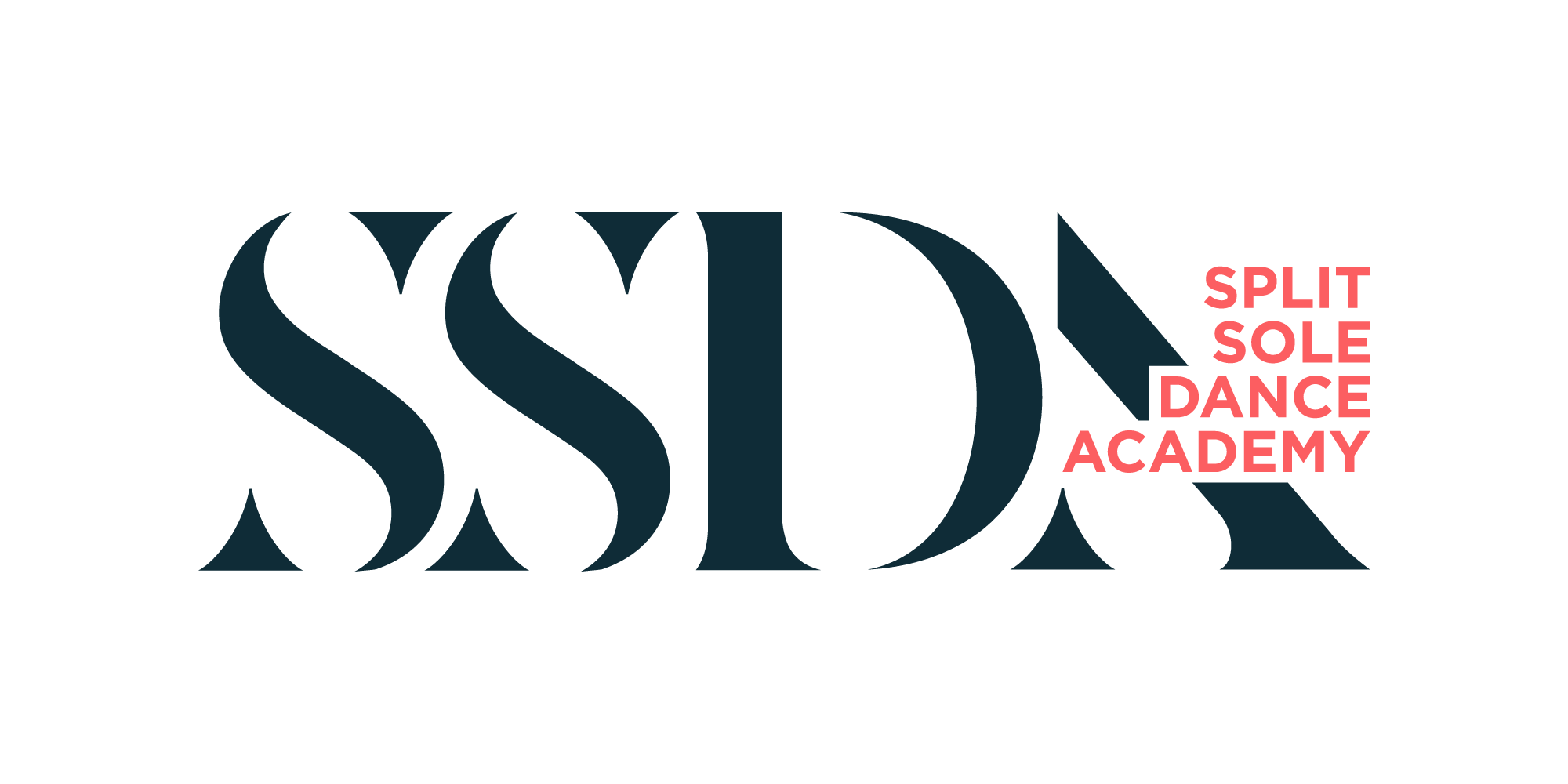Many of us dream of a great big jeté. You seem to float in the air to get the viewer in awe of the moment. It doesn’t only look great, but it feels great to watch too. But how do we get to feel like this in our jumps? Through years of effort, it seems like we don’t achieve the change we need or want to make, sometimes. Fortunately, hops are one of the aspects we should improve on still. We have included five main focus areas for your hops from a ‘leap frog’ to a ‘sleeping jeté,’ so that you can take yourself up the air, wonders the crowd at the height of your heights and exude thanksgiving.
FLEXIBILITY
For your jumps, flexibility is key. You ought to be able to do it on earth if you want to accomplish a division in the air. Daily stretching will make your jumps more flexible and enhance the thread. But don’t exaggerate what every day you do. When stretching, make sure your body is warm until you break directly. Start by bending your fingers, spinal twists, or raising your knees up your chest to start the blood flowing. Start with a few gentle stretches. Once your body feels a little warmer, you should try intensified stretches of hip openers, hamstring stretches, middle left or right splits. Going slowly through your stretches does not mean that your versatility does not advance. Your endurance will also increase and any muscle distress or injuries will also be prevented. Remember, the day did not build Rome! Remember!
PLIÉ DEEPER
For most dance moves Plié’s are the framework behind this. It begins and ends almost all ballets, begins almost every turn, and is a must for every successful jump’s start and landing. To achieve the height you need to leap, a deep plié is necessary. The higher the fold, the more strength you’ll be able to lift the ground off your legs. Think ‘heel, ball, toe’ when you leap from the deck, like you’ve got to half point. This is not only essential for strength but also to ensure that you have a good place to leap. No matter how many steps you take to prepare for the leap, ensure that you bend the knees as strongly as possible. Knee straightening and bending don’t seem to be that hard, but plying is a powerful movement that protects the body from injury and makes it easy for you to jump.
CONTROL THE LANDING
What’s going up has to come down! Until it landed safely, a jump is not over. You should start thinking about your landing as soon as your feet leave the ground. Try to touch the floor as gently and calmly as you can and you will still suffer injuries when you don’t get out of a jump. If you feel like your weak point on landings, practise jumping. You can use your arms to guide the descent in this way. Think of the ‘foot, ball, heel’ landing – the reverse of what you do when you leave. Think of the ‘foot, ball, heel’ landing – the reverse of what you do when you leave. The feet need to be articulated not only in order to start a hop but also in order to land. Keeping alignment when landing is also important to prevent this appearance from collapsing. Feel like you would be raised from the top of your head during the whole leap.
BREATHE
We also start to keep our breath when we execute a motion that’s a little harder. Although we can believe this facilitates something, it’s far more difficult. It inhibits the flow of oxygen to hold your breath. This reduces the muscles, makes them fatigue more quickly and increases the lactic acid build-up – triggering the heavy legs we often get at the end of a hard lesson! Be mindful of your breath as you jump to avoid this happening. Breath awareness not only improves the circulation of oxygen but also improves the jump’s height and helps to release over stress. You may also look as though you were floating through the air by taking a deep breath at the height of your jump. Decide if you prefer to exhale on a leap or landing and do the right thing for you.
STRENGTH
The inclusion of strength training does not make you steep like a pogo stick when you jump. It aims to enhance the performance and aesthetics of jumps and to prevent accidents from occurring. Good core strength and alignment are essential for almost all dance aspects, but especially for jumping. By repeated moving, such as sit-ups, mountain climbers and snap toes, you will be able to gradually gain the power you will get while springing. With a strong heart, the rest of the body will remain connected without additional stress. Training on the glutes and legs also requires strength work. Improvement of strength in these areas will improve your jumps and help you to do a lot of jumping work. Put your legs, bridges and ‘swimmers’ on pilates to strengthen your glutes and legs.
We still strive for excellence when it comes to jumping. But perfection is not always a reasonable goal, because no one is perfect, let’s face it! Try not to be too harsh on yourself while practising and making jumps. It’s all right if things aren’t as you want them to be. You continue to improve and evolve, as long as you can still learn something from it. Think about where you were, where you are now and what improvements you have made. Often, to enjoy all of our hard work, we need a little check-in!

